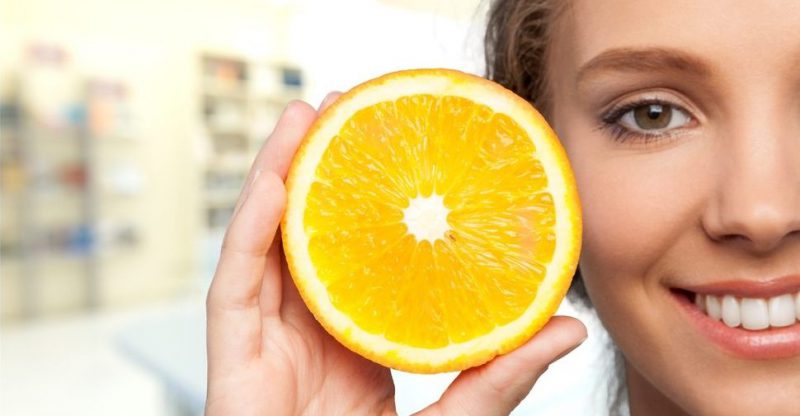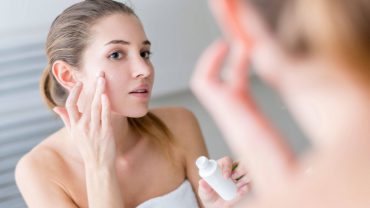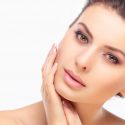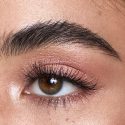The whole truth about cosmetic acids
Using cosmetic acids for complexion care is becoming more and more popular among women. You can use them at home or undergo acid treatments in a cosmetic salon. Check how to use these substances safely and what are their properties.
Acids fall into two groups: alpha hydroxy acids (AHA) and beta hydroxy acids (BHA). The first group includes: glycolic acid, lactic acid, mandelic acid. The other group comprises: salicylic acid and caprylic acid. Alpha hydroxy acids remove surficial contamination of the epidermis, smoothen fine lines and lighten discolouration. They make healing of minor wounds faster, help to fight with acne, restore connections beween cells and cause collagen production. The most popular AHA acid is glycolic acid. It’s commonly used in esthetic medicine salons as well as as an ingredient of conditioning cosmetics meant for home use. Meanwhile, beta hydroxy acids work in deeper layers of the skin thus they eliminate skin problems extremely effectively. They might come useful when you want to treat acne, lighten big and small scars, nullify deep wrinkles and thoroughly purify the face skin. If you’re using cosmetic acids for the first time, begin with small concentrations. In a cosmetic salon, you can ask about a treatment with the use of concentration from 10 to 20 percent.
Did you know that AHA and BHA acids sensitize the skin to UV radiation?
It means that discolouration and wrinkles can become more visible but also new imperfections may start to appear. That’s why it is of paramount importance to use sun protection during the treatment. You shouldn’t also use fine-grained exfoliating scrubs which could cause skin irritation. During acid treatments use hypoallergenic moisturizers. If you provide your face with proper care and AHA and BHA acids sart to work, you will notice huge improvement of the condition of your skin. Surely, you’ll be satisfied.






Leave a Reply